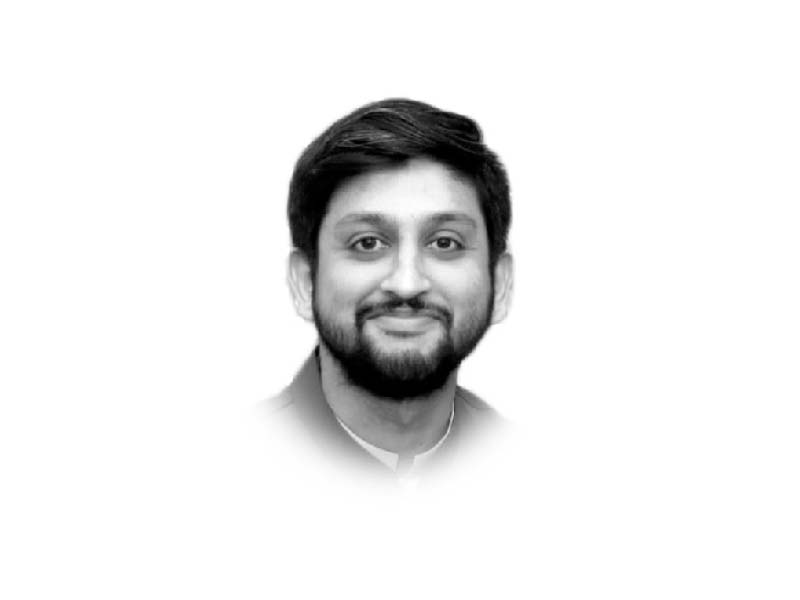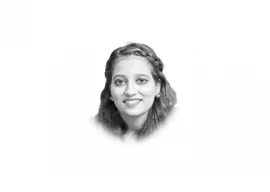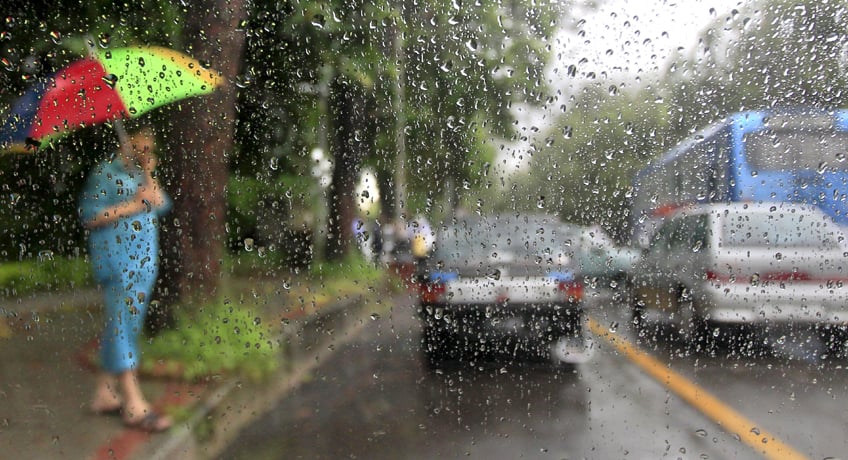
Another day, another act of violence against doctors. This time it was Sargodha’s district hospital where doctors and the public brawled in a no-holds-barred encounter. This open humiliation and piñata treatment of the medical community is the leading cause for the brain drain which the land of the pure is facing today.
The white coat — once a symbol of hope and solace — now trembles with fear, as the very guardians of life are subjected to the brutal whims of a society gone haywire. Where the scent of mercy once prevailed, now echoes the cacophony of barbarity, as doctors are intimidated, threatened and beaten, making a mockery of the Hippocratic oath.
The accusations are endless and can wait. Whether it was a wrong injection or any other form of negligence can also wait. But if it really was a case of medical negligence then what were the underlying reasons? Was the doctor on duty under the influence? Did he deliberately give a death shot to feed his sadism? Or were there reasons to believe that the doctor was helpless, such as being overworked or alone on the floor without the required resources and assistance? We cannot casually punish doctors by conveniently labelling them as negligent and shut our eyes to lack of logistics and manpower. If a single doctor is taking care of a number of critically-ill patients then the authorities and administrative department should be called into question, not the other way around.
What urgently concerns the medical fraternity is how has it become so easy to verbally abuse and physically terrorise doctors, nurses and technicians? What is preventing the lawmakers from passing a security and protection bill for healthcare providers? How can physical harm go unpunished?
When a patient expires and the bad news is broken, emotionally charged, physically exhausted and somewhat financially drained family members hold doctors and nurses accountable. The state of denial is immediately overrun by anger and aggression to the point that doctors are threatened, bad-mouthed and physically attacked, not to mention the destruction of hospital property.
One reason is ineffective communication skills of physicians. This causes patients’ relatives to have unrealistic or high expectations about their patient’s recovery. Therefore, it is important to explain the condition of the sick and prognosis to the attendants in clear and simple words. Doctors — due to various limitations, most importantly job burnout — are not empathetic enough towards the sick, leading to a sense of perceived neglect by the population. This is one trigger of violence.
Another point of concern is the growing social intolerance and frustration that has come to define our society. A toxic brew of pent-up anger, helplessness and despair that has finally boiled into a maelstrom of brutality. Financial, economic and political instability, low literacy rate and lack of awareness, high crime rate, inflation, unemployment, poor governance, paucity of resources, injustice, misinformation, weak health facilities and mental health issues have all converged to create an environment where the noble profession of medicine is repeatedly tossed around. Sadly, our hands are full.
Our people, exhausted by the systemic failures of a dysfunctional healthcare system, have come to view doctors as a soft target of their collective frustration, a scapegoat for the inadequacies of the state that has abdicated its responsibility to provide quality care. The patient’s gaze, once filled with hope and gratitude, now beholds the doctor with suspicion and trepidation, while the doctor’s hands, once extensions of compassion, now tremble with apprehension.
And yet, amidst this vortex of madness and violence, doctors of Pakistan persevere. Their stethoscopes still pressed to the chests of the ailing, their hearts still beating with the pulse of their patients. This violence is a call to our collective conscience, a reminder that the frustration that fuels it can only be contained by systemic reforms and building of a healthcare chassis that prioritises the well-being of both patients as well as doctors.
Published in The Express Tribune, June 8th, 2024.
Like Opinion & Editorial on Facebook, follow @ETOpEd on Twitter to receive all updates on all our daily pieces.




















COMMENTS
Comments are moderated and generally will be posted if they are on-topic and not abusive.
For more information, please see our Comments FAQ